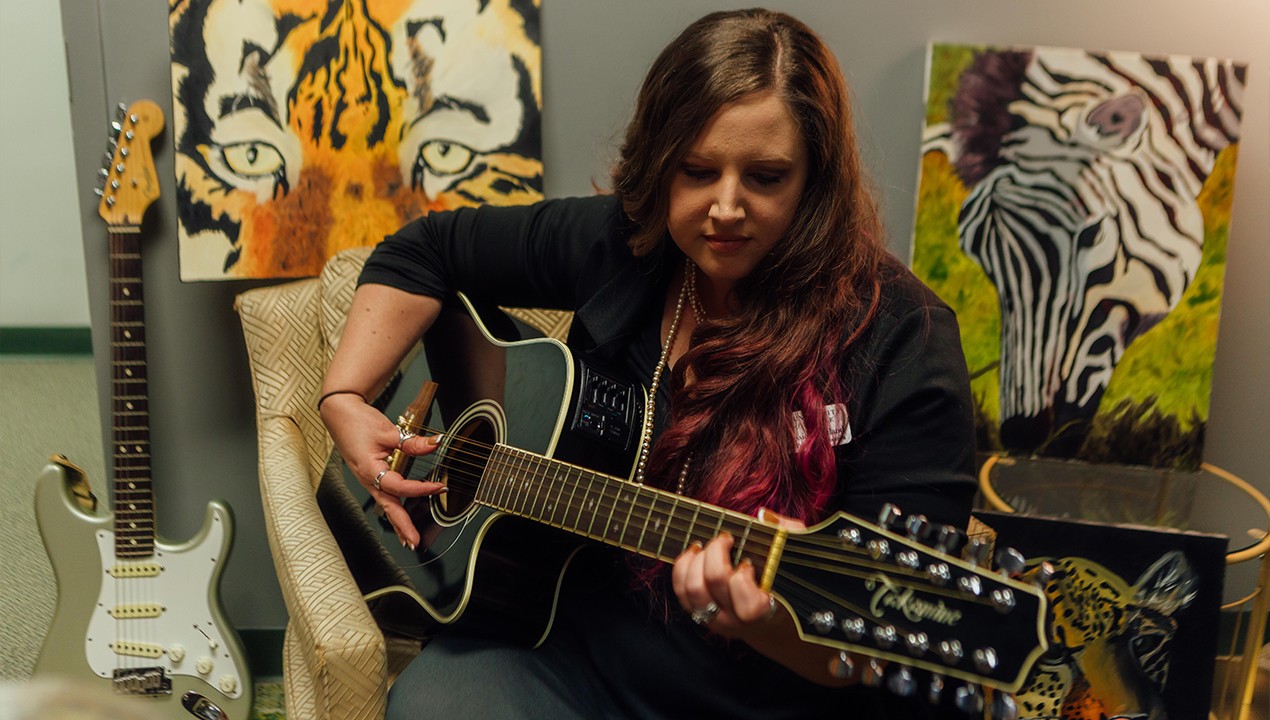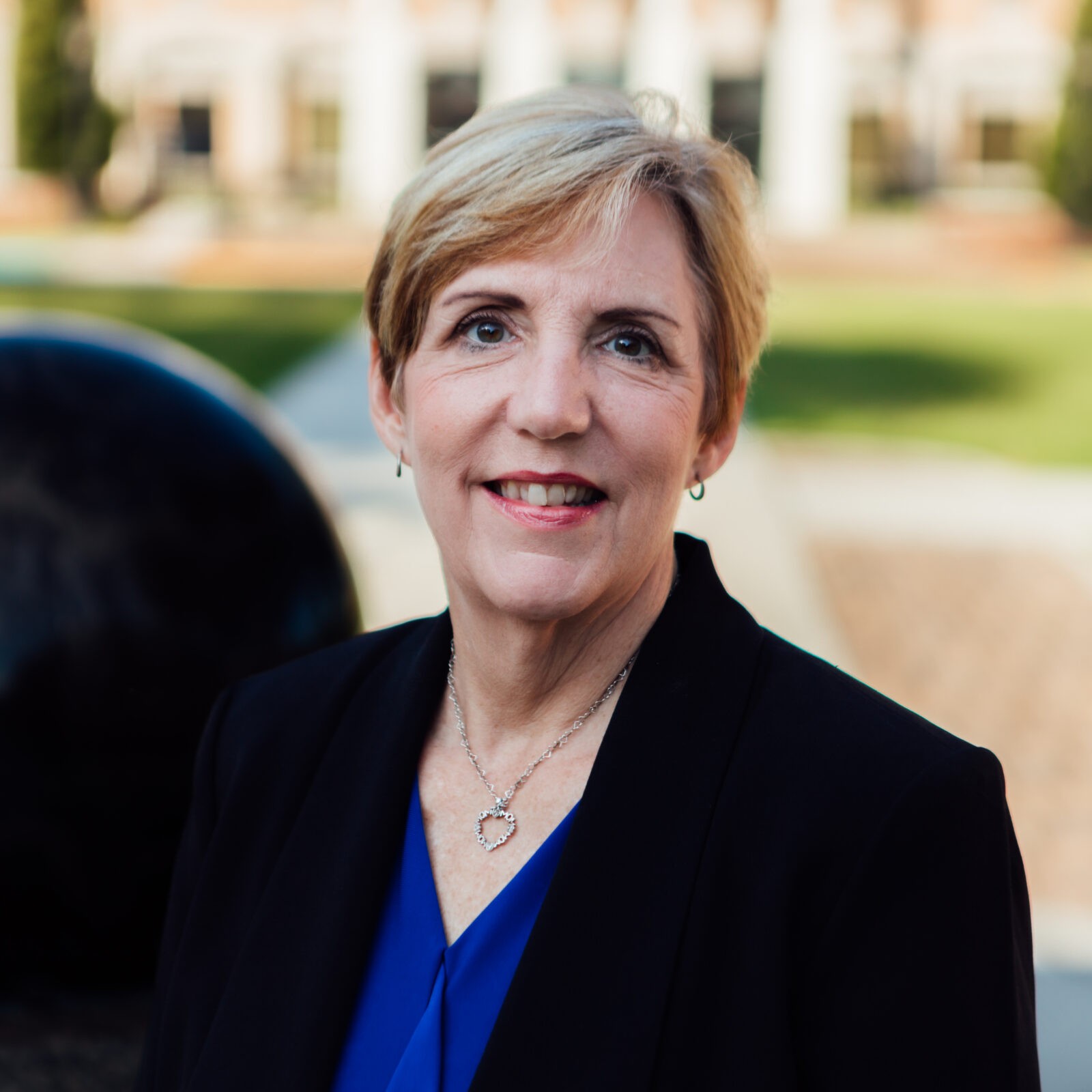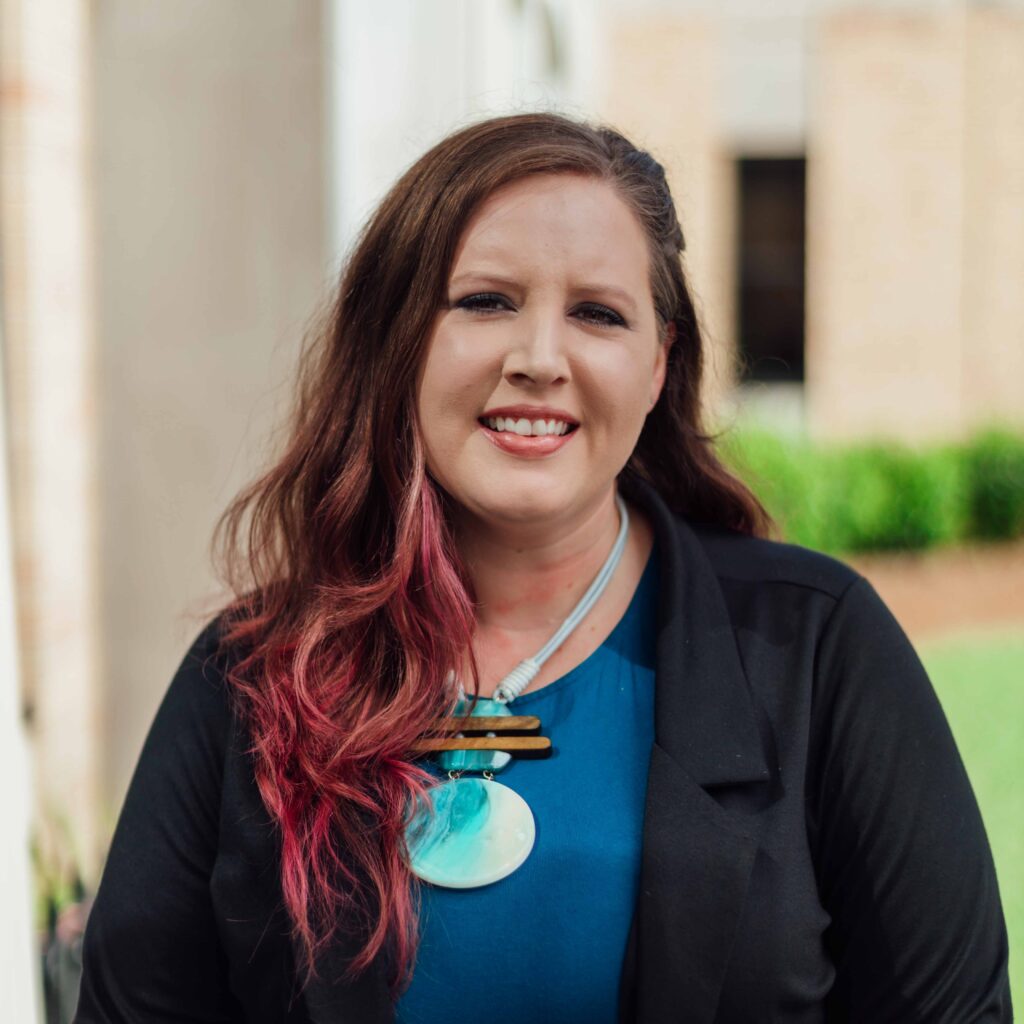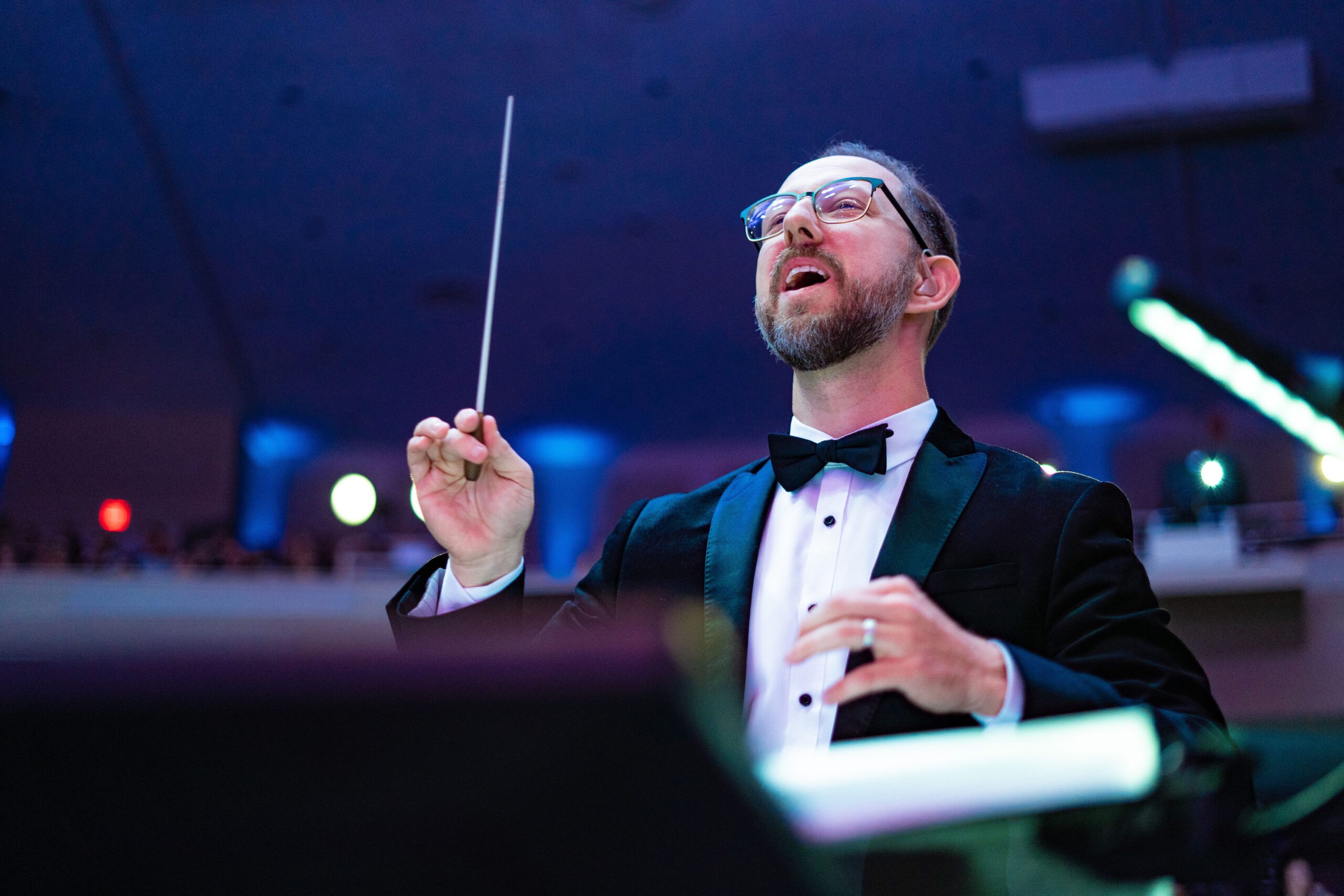Q&A with UM School of Education Professor Jessica Freeland

If you were to describe Jessica Freeland in one word, it would be “creative.”
“If it’s considered creative, I probably do it. Even as a child, I enjoyed activities like drawing and singing, and have since expanded my creativity into activities such as playing guitar, songwriting, sewing, jewelry-making, poetry and short story writing, painting, and this past summer I built a loft bed from scratch for my son,” said the assistant professor of education in the University of Mobile School of Education.
Her penchant for creativity also helps her to be a creative problem-solver and, ultimately, to add a creative edge to her classes.
Now, as the new program coordinator for UM’s instructional design and technology program, Freeland teaches others how to use emerging technologies in innovative and creative ways to educate and train educators, business leaders and employees in a variety of fields.
Q. Why should someone choose to study Instructional Design & Technology?
A. Instructional Design is basically about identifying gaps in learning or performance and designing instruction or training to close those gaps. The great thing about instructional design though, is its versatility. While many people think it is synonymous with education or teaching, it can actually be applied to a variety of fields ranging from military training, the healthcare industry, human resources or corporate training. Additionally, its emphasis on technology gives those in its field an edge in new and emerging trends in the workforce.
The University of Mobile’s Master of Education in Instructional Design and Technology is an online master’s degree program that prepares graduates for training and development leadership roles in every industry, from K-12 to the corporate world.
Q. This is your first year at UM. What is your background?
A. I received my bachelor’s and master’s degrees in the field of elementary education, which I put into use teaching elementary school in Biloxi and Mobile for six years. I had the opportunity to serve as grade level chair, PowerSchool/Schoology Lead Teacher, and as a mentor teacher to student teachers.
My specialty is arts integration, and I served as the coordinator for the Arts in Education professional development program at the University of South Alabama for over seven years, where I also gained experience in developing and administering grants.
I completed my doctorate in instructional design and development, during which time I was named the 2022 Outstanding Graduate Student for my program. I was recently named the new program coordinator for UM’s instructional design and technology program, and I look forward to seeing the program grow.
Q. Your dissertation was about how the COVID-19 pandemic was anticipated to change the use of educational technology among teachers. What drew your interest to that area of study?
A. Teachers are often hesitant, sometimes even resistant, to learning new technologies and using them in their classrooms. The COVID-19 pandemic presented a situation where teachers had to learn and use new technologies in their classrooms, as well as had to quickly pivot to online learning – something that hadn’t been done at the elementary level.
Personally, I used the COVID-19 pandemic as an opportunity to learn about new educational technologies that I could apply in the classroom. As such, I was curious to see if, since teachers had to start using new technologies, due to both district mandates and necessity, whether they would be more likely to continue to use the technologies once the pandemic was over or if they would drop the new technologies at the first opportunity and go back to the way they taught prior to the pandemic.
I found that there was projected to be a significant increase in post-pandemic technology use among elementary teachers, compared to their use before the pandemic. While demographics did not contribute to this increase, personal innovativeness, perceived ease of use, and perceived usefulness were all significant predictors of post-pandemic intended use.
Q. You are passionate about arts integration. Tell us about it.
A. I’ve always been passionate about the arts themselves, but when I learned that the arts can be integrated into other subject areas to make learning more engaging and memorable for students, I was hooked. I spent seven years coordinating an arts integration professional development program for K-12 teachers, during which time I developed countless hours of arts integration activities ranging across subjects and grade levels.
Once I was back in the elementary classroom, I was able to bring these activities to my own students, and I loved seeing their excitement when they got to do an arts integration activity, and their anticipation waiting for the next one.
Now, I’m excited to share these activities and strategies with my own pre-service teachers so that they can share those exciting learning experiences with their own future students.

Kathy Dean uses her passion for storytelling and “playing with words” to share the stories of people, place and purpose that make the University of Mobile unique. As associate vice president for university communications, she manages media relations, edits the TorchLight alumni magazine, and oversees university communications. A former award-winning journalist, she is a two-time recipient of the Baptist Communicators Association grand prize for feature writing. Kathy and her husband, Chuck, live with three extremely loud miniature schnauzers.




